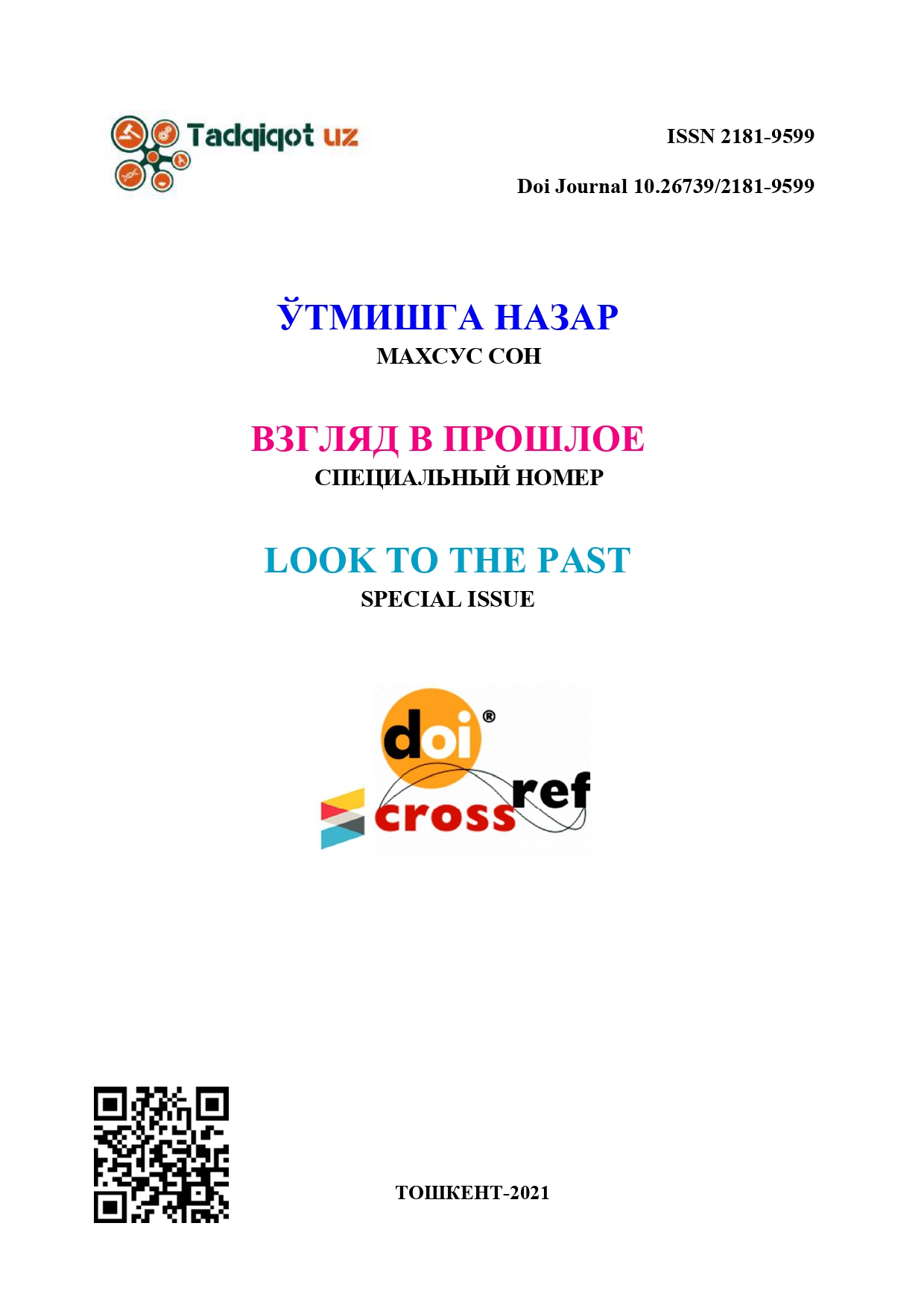ОСНОВНЫЕ ПРИОРИТЕТЫ ОРГАНИЗАЦИИ ИСЛАМСКОГО СОТРУДНИЧЕСТВА В РАЗЛИЧНЫХ РЕГИОНАХ
Ключевые слова:
Организация исламского сотрудничества, Лига арабских государств, Организация Североатлантического договора, Национальный фронт освобождения Моро, «Маленькая ООН», Обсерватория исламофобии, Всеобщая декларация прав человекаАннотация
В этой статье приводятся примеры позиции организации в отношении социально-экономического развития малочисленных мусульман, проживающих в странах, не являющихся членами Организации исламского сотрудничества. Кроме того, представлен сравнительный анализ сотрудничества Организации исламского сотрудничества с другими международными и региональными организациями в этой области. Этот аспект номера служит дополнительным источником для опубликованных на данный момент работ.
Библиографические ссылки
O'zbekiston Respublikasi Prezidenti vazifasini bajaruvchi Shavkat Mirziyoevning Islom hamkorlik tashkiloti Tashqi ishlar vazirlari kengashi 43-sessiyasining ochilish marosimidagi nutqi http://uza.uz/oz/politics/zbekiston-respublikasiprezidenti- vazifasini-bazharuvchi-sha-18-10-2016
Ekmeleddin Ihsanog˘lu, Islamophobia: From Confrontation to Cooperation, the Task Ahead (Jeddah, Saudi Arabia: OIC, 2013).
Saad S. Khan, “The Organization of the Islamic Conference (OIC) and Muslim Minorities,” Journal of Muslim Minority Affairs 22, no. 2 (2002): 351
Turan Kayaoglu, “Giving an Inch Only to Lose a Mile: Muslim States, Liberalism, and Human Rights in the United Nations,” Human Rights Quarterly 36, no. 1 (2014).
Sharqieh, “Can the Organization of Islamic Cooperation (OIC) Resolve Conflicts?”
Hamza Karcˇic´, “In Support of a Non-member State: The Organization of Islamic Conference and the War in Bosnia, 1992–1995,” Journal of Muslim Minority Affairs 33, no. 3 (2013): 337.
Resolution No. 17/9-P, Muslim Minorities, The Ninth Session of Islamic Conference of Foreign Ministers, Dakar, 1978, www.oic-oci.org/english/ conf/fm/9/9%20icfm-political-en.htm#RESOLUTIONNo.17/9-P.
Ekmeleddin Ihsanog˘lu, The Islamic World in the New Century: The Organization of the Islamic Conference (London: Hurst Publishers, 2010), 128.
OIC’s Islamophobia Observatory, www.oic-oci.org/oicv2/page/?p_id=182&p_ ref=61&lan=en.
For a discussion on resolution 16/18 and subsequent Istanbul process, see Turan Kayaoglu and Marie J. Petersen, “Will Istanbul Process Relieve the Tension Between the Muslim World and the West?” The Washington Review, 2013, www.thewashingtonreview.org/articles/will-istanbul-processrelieve- the-tension-between-the-muslim-world-and-the-west.html.
Abdullah al-Ahsan, “Conflict among Muslim Nations: Role of the OIC in Conflict Resolution,” Intellectual Discourse 12, no. 2 (2004): 137–57; Muzaffer E. Yılmaz, “The Organization of the Islamic Conference as a Conflict Manager in the Arab Spring,” Turkish Journal of Politics 4, no. 1 (2013): 85–95.
Al-Ahsan, “Conflict among Muslim Nations,” for an analysis of OIC’s failure to end the Iran–Iraq War
The Ten-Year Programme of Action, 2005, www.oic-oci.org/ex-summit/ english/10-years-plan.htm
Ibrahim Sharqieh, “Can the Organization of Islamic Cooperation (OIC) Resolve Conflicts?” Peace and Conflict Studies 19, no. 2 (2012): 162–79.
United Nations General Assembly (2006) “Resolution adopted by the General Assembly,” 61st Session, Agenda item 108 (q).

